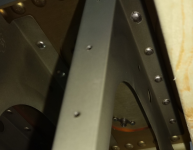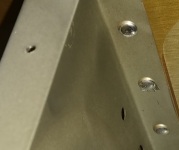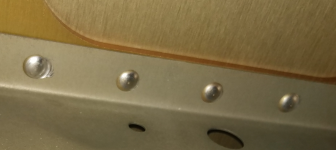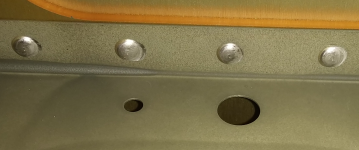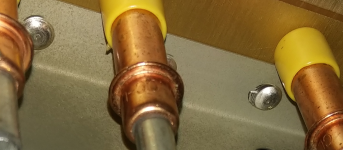Hopefully I can get some feedback on how I can improve setting AN470 rivets with an offset rivet set.
The rivets are AN470AD4-7, between the wing ribs and the main spar, RV-8. I was originally suspecting I had the wrong tool for the job, but it looks ok.
Currently using a MM135-17 1/8 AN470 X 5 1/2 X 401
Should those be drilled out? I have attached pictures of the worst offenders.
TIA. Julien
The rivets are AN470AD4-7, between the wing ribs and the main spar, RV-8. I was originally suspecting I had the wrong tool for the job, but it looks ok.
Currently using a MM135-17 1/8 AN470 X 5 1/2 X 401
Should those be drilled out? I have attached pictures of the worst offenders.
TIA. Julien



